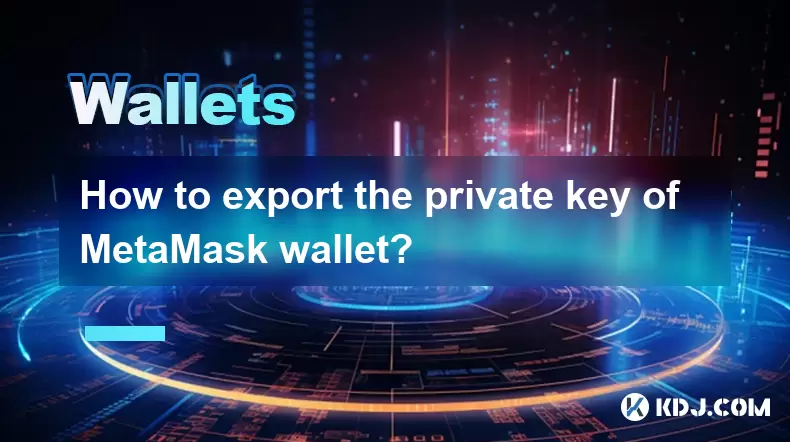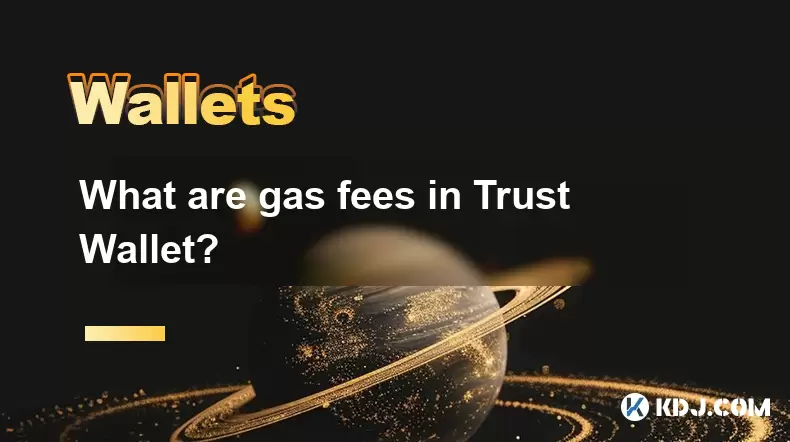-
 Bitcoin
Bitcoin $114400
1.32% -
 Ethereum
Ethereum $3499
2.20% -
 XRP
XRP $2.922
4.26% -
 Tether USDt
Tether USDt $0.0000
0.03% -
 BNB
BNB $752.6
1.53% -
 Solana
Solana $161.8
1.64% -
 USDC
USDC $0.9999
0.01% -
 TRON
TRON $0.3267
1.32% -
 Dogecoin
Dogecoin $0.1991
3.02% -
 Cardano
Cardano $0.7251
3.29% -
 Hyperliquid
Hyperliquid $38.32
3.36% -
 Stellar
Stellar $0.3972
7.58% -
 Sui
Sui $3.437
2.74% -
 Chainlink
Chainlink $16.29
3.65% -
 Bitcoin Cash
Bitcoin Cash $545.3
3.70% -
 Hedera
Hedera $0.2482
7.49% -
 Ethena USDe
Ethena USDe $1.001
0.03% -
 Avalanche
Avalanche $21.40
2.02% -
 Toncoin
Toncoin $3.579
1.56% -
 Litecoin
Litecoin $109.3
2.20% -
 UNUS SED LEO
UNUS SED LEO $8.951
-0.18% -
 Shiba Inu
Shiba Inu $0.00001220
2.75% -
 Polkadot
Polkadot $3.613
2.99% -
 Uniswap
Uniswap $9.173
3.78% -
 Monero
Monero $302.6
2.62% -
 Dai
Dai $0.0000
0.00% -
 Bitget Token
Bitget Token $4.320
1.52% -
 Pepe
Pepe $0.00001048
3.40% -
 Cronos
Cronos $0.1314
4.33% -
 Aave
Aave $259.4
3.54%
How to export the private key of MetaMask wallet?
Exporting your MetaMask private key allows wallet backup or transfer but requires caution to avoid theft or loss.
Jun 17, 2025 at 12:07 pm

What Is a Private Key in MetaMask?
In the context of MetaMask, a private key is a unique alphanumeric string that grants full access to your Ethereum-based wallet. It acts as the ultimate proof of ownership for your digital assets. Without it, you cannot access or control the funds associated with that specific wallet address. MetaMask generates this key locally when you create a new wallet and never stores it on its servers. Understanding what a private key is becomes essential before attempting any export operations.
Why Would You Need to Export Your Private Key?
There are several scenarios where exporting your private key might be necessary. For instance, you may want to import your wallet into another service, such as a hardware wallet like Ledger or Trezor, for enhanced security. Alternatively, you might wish to back up your wallet manually or migrate your funds to a different wallet provider. Regardless of the reason, handling your private key requires extreme caution, as exposing it can lead to irreversible loss of funds.
Precautions Before Exporting Your Private Key
Before proceeding with the export process, ensure you're in a secure environment. Make sure no one is watching your screen and that your device is free from malware. Also, do not share your private key with anyone, even if they claim to be offering help. Additionally, confirm that you have your wallet password handy, as you’ll need it to unlock your MetaMask account during the export process. Never store your private key in plain text on your computer or online storage platforms without encryption.
Step-by-Step Guide to Exporting Your Private Key from MetaMask
- Open your MetaMask extension in your browser.
- Click on your account icon in the top-right corner and select the account you want to export.
- From the dropdown menu, choose "Account Details."
- In the pop-up window, click on the "Export Private Key" button.
- You will be prompted to enter your wallet password.
- After entering the correct password, your private key will be displayed in a masked format. Click the eye icon to reveal it.
- Copy the private key carefully and store it securely.
Remember, once someone gains access to your private key, they can take control of your funds. Always keep it confidential and offline.
Alternative Methods to Access Your Private Key
If you're unable to use the standard export method, there are alternative ways to retrieve your private key. One common method involves using your seed phrase, which was provided when you first created your MetaMask wallet. If you backed up your seed phrase, you can restore your wallet in another compatible wallet application and access the same private key. However, this method does not directly show the private key but allows you to control the same funds via a different interface. Some advanced users may also use local tools or scripts to derive their private keys from the seed phrase, but this requires technical knowledge and should only be attempted by experienced individuals.
How to Securely Store Your Private Key After Exporting
After exporting your private key, storing it securely is critical. Consider printing it out and keeping it in a safe location, such as a fireproof safe. Alternatively, you can store it in an encrypted file on an offline device. Avoid saving it in plain text on your computer or mobile phone, especially if those devices are connected to the internet. Using a hardware wallet after exporting your private key is also a good idea, as it removes the risk of online threats. Whatever method you choose, always ensure multiple backups exist in separate secure locations to prevent permanent loss.
Frequently Asked Questions (FAQ)
Q: Can I export my private key if I forgot my MetaMask password?
A: No, you cannot export your private key without knowing your MetaMask password. The password is required to decrypt your wallet and access sensitive information like the private key. If you’ve forgotten your password, you’ll need to reset your wallet using your seed phrase.
Q: Does exporting the private key affect my funds?
A: No, simply exporting the private key does not move or alter your funds. However, if someone gains access to your private key, they can transfer your funds without your permission. Always treat your private key as highly sensitive data.
Q: Can I import my MetaMask private key into other wallets?
A: Yes, most Ethereum-compatible wallets allow you to import your private key. This includes popular options like Trust Wallet, Coinbase Wallet, and hardware wallets such as Ledger and Trezor. Ensure you follow the correct import procedure for each wallet.
Q: Is it safe to export the private key on a public computer?
A: No, it’s not safe to export your private key on a public or shared computer. Such environments may have keyloggers or screen capture tools that can steal your private key. Always perform sensitive operations like exporting your private key on a trusted, secure device.
Disclaimer:info@kdj.com
The information provided is not trading advice. kdj.com does not assume any responsibility for any investments made based on the information provided in this article. Cryptocurrencies are highly volatile and it is highly recommended that you invest with caution after thorough research!
If you believe that the content used on this website infringes your copyright, please contact us immediately (info@kdj.com) and we will delete it promptly.
- BCUT: Support Holds, Accumulation Hints at Potential Reversal
- 2025-08-04 10:50:12
- Bitcoin's Bullish Expansion: Decoding Bollinger Bands and Whale Bets
- 2025-08-04 10:55:12
- BlockDAG's Grand Finale: Auction Fever and the Dawn of a New Era
- 2025-08-04 10:30:12
- Kaia Files: Will South Korea Embrace a KRW-Pegged Stablecoin?
- 2025-08-04 10:30:12
- Kaspa, HBAR, and Cold Wallet: A New York Minute on Crypto's Latest Moves
- 2025-08-04 09:11:54
- Ethereum Whale Watch: Selling Pressure and Price Volatility
- 2025-08-04 09:11:54
Related knowledge

What is a watch-only wallet in Trust Wallet?
Aug 02,2025 at 03:36am
Understanding the Concept of a Watch-Only WalletA watch-only wallet in Trust Wallet allows users to monitor a cryptocurrency address without having ac...

How to fix a stuck pending transaction in Trust Wallet?
Aug 03,2025 at 06:14am
Understanding Why Transactions Get Stuck in Trust WalletWhen using Trust Wallet, users may occasionally encounter a pending transaction that appears t...

What is a multi-coin wallet in Trust Wallet?
Aug 03,2025 at 04:43am
Understanding Multi-Coin Wallets in Trust WalletA multi-coin wallet in Trust Wallet refers to a digital wallet that supports multiple cryptocurrencies...

How to switch between networks in Trust Wallet?
Aug 02,2025 at 12:36pm
Understanding Network Switching in Trust WalletSwitching between networks in Trust Wallet allows users to manage assets across different blockchains s...

How to check my full transaction history on Trust Wallet?
Aug 02,2025 at 09:24am
Understanding Transaction History in Trust WalletTrust Wallet is a widely used non-custodial cryptocurrency wallet that supports a broad range of bloc...

What are gas fees in Trust Wallet?
Aug 04,2025 at 06:14am
Understanding Gas Fees in Trust WalletGas fees in Trust Wallet refer to the transaction costs required to execute operations on a blockchain network. ...

What is a watch-only wallet in Trust Wallet?
Aug 02,2025 at 03:36am
Understanding the Concept of a Watch-Only WalletA watch-only wallet in Trust Wallet allows users to monitor a cryptocurrency address without having ac...

How to fix a stuck pending transaction in Trust Wallet?
Aug 03,2025 at 06:14am
Understanding Why Transactions Get Stuck in Trust WalletWhen using Trust Wallet, users may occasionally encounter a pending transaction that appears t...

What is a multi-coin wallet in Trust Wallet?
Aug 03,2025 at 04:43am
Understanding Multi-Coin Wallets in Trust WalletA multi-coin wallet in Trust Wallet refers to a digital wallet that supports multiple cryptocurrencies...

How to switch between networks in Trust Wallet?
Aug 02,2025 at 12:36pm
Understanding Network Switching in Trust WalletSwitching between networks in Trust Wallet allows users to manage assets across different blockchains s...

How to check my full transaction history on Trust Wallet?
Aug 02,2025 at 09:24am
Understanding Transaction History in Trust WalletTrust Wallet is a widely used non-custodial cryptocurrency wallet that supports a broad range of bloc...

What are gas fees in Trust Wallet?
Aug 04,2025 at 06:14am
Understanding Gas Fees in Trust WalletGas fees in Trust Wallet refer to the transaction costs required to execute operations on a blockchain network. ...
See all articles

























































































